How to Throw a Cutter

Welcome to Part 6 of our “How to Throw” series! In our final segment, we will conclude with a discussion and analysis of cutters.
What is a Cutter Pitch?
A cutter—also known as a “cut-fastball”—is a pitch that is thrown at a high velocity and moves with sharp, horizontal movement, or cutting action.
This pitch type is similar to a four-seam fastball due to its grip and release but differs from a four-seamer in that it has a slightly lower velocity and moves glove side instead of arm side.
Normally a cutter will contain predominantly backspin and gyro spin, with a slight amount of sidespin. The backspin on the pitch allows it to move like a four-seamer, while the slight side spin helps produce a small element of glove-side action, as a slider would have, thus producing a higher velocity pitch that cuts rather than runs.
This pitch type is used differently amongst big-league pitchers depending on their intent. For some, a cutter becomes their primary fastball, while for others it can be used as a putaway pitch similar to a breaking ball or a platoon neutralizer. Either way, an effective cutter can give you an edge when you step on the mound.
Cutter Grip
In our grip tracker database, we have three primary grip types for cutters. Shown below is “CT 1”, which 80% of our athletes use.
Gripping a cutter is similar to gripping a four-seam fastball. The index and middle fingers are used to impart force onto the baseball, which results in high velocity and spin. In this grip example, the fingers are positioned close together on top of the ball while the finger pads are placed directly onto the seams.
The most important factor is that these fingers are off-set on the pinky side of the ball, which helps induce backspin with a slight degree of sidespin. This is the core component of how this pitch creates vertical movement with cutting action.
Position the thumb underneath the ball for control, although its placement can be modified based on comfort. We see most pitchers either put their thumb directly just off-center or underneath the ball.
Place the ring finger on the side of the ball in order to help maintain control, while leaving the pinky finger completely off. But this grip isn’t a one size fits all approach—you should position your fingers so that you are able to hold the ball comfortably in your hand.
After you’ve found a comfortable grip, you should hold the ball with a good amount of pressure between your thumb, index, and middle fingers.
How to Throw a Cutter
To throw a cutter, we want to think “Fastball” and pull down on the seams using your index and middle fingers as you get closer to release. A cue we like when throwing the pitch is to “yank” the ball down as hard as possible, as it should feel as if the ball “shoots” out of your hand.
Here is an example of high-speed footage of a cutter. Watch how the pitcher gets directly behind the ball and at release the fingers come off the side of the ball, helping impart the cutter-like spin.
As the ball travels towards the target, we would expect the pitch to move straight, but with late cutting action glove-side.
Additionally, if you throw from a lower arm slot you can expect to have greater horizontal movement and decreased vertical lift, as opposed to a pitcher who throws from an over the top release.
How Does a Cutter Move?
Using a Rapsodo, we can analyze the movement profile of our pitches. Cutters, which are highlighted in brown, possess a positive amount of vertical movement, mostly live to the left of the y-axis and have a small degree of horizontal break.
You’ll notice cutters are in between fastballs and sliders. Intuitively, this makes sense as this pitch type has the traits of both those pitches.
When a cutter has a high degree of run and little lift, it may be considered a “slutter”. This nickname is given to a pitch that holds equal qualities of both a slider and cutter.
Analyzing its movement profile will provide you a clear picture of how the pitch actually moves and, ultimately, how to use it when facing hitters.
Additional Cutter Grips and Cues
Listed below are additional cutter grips used by our athletes in the gym.
The “Standard Between”, CT 2, uses a 2-seam orientation. Place the index and middle fingers in between the seams and slightly off-center. Very similarly, CT 3 uses the same orientation but the fingers are placed farther up the ball, closer to the horseshoe. Once again, you’ll find in both examples how the fingers are off the middle of the ball.
We recommend testing out different grips in order to feel the difference and help you in your development of this pitch!
Additional cues: “Focus on middle finger pressure”, “Think palm facing first base”, “Think slider”
“Standard Between” CT 2
“Standard Around” CT 3
Summary
This concludes our “How to Throw” blog series! We hope you enjoyed each segment and that you use this as a guide to improve on your pitches moving forward. Keep in mind that each pitch’s movement profile will depend on a number of factors.
It is up to you to practice, understand the different changes that can be made, and continue to discover what leads to the most success!
Read How to Throw a Sinker or Two-Seam Fastball
Read How to Throw a Four-Seam Fastball
Comment section
Add a Comment
You must be logged in to post a comment.
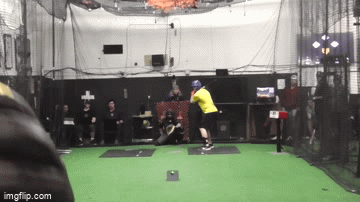
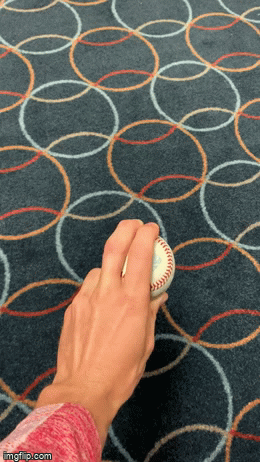
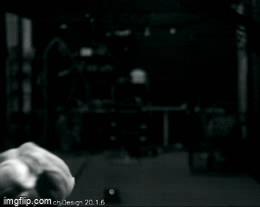
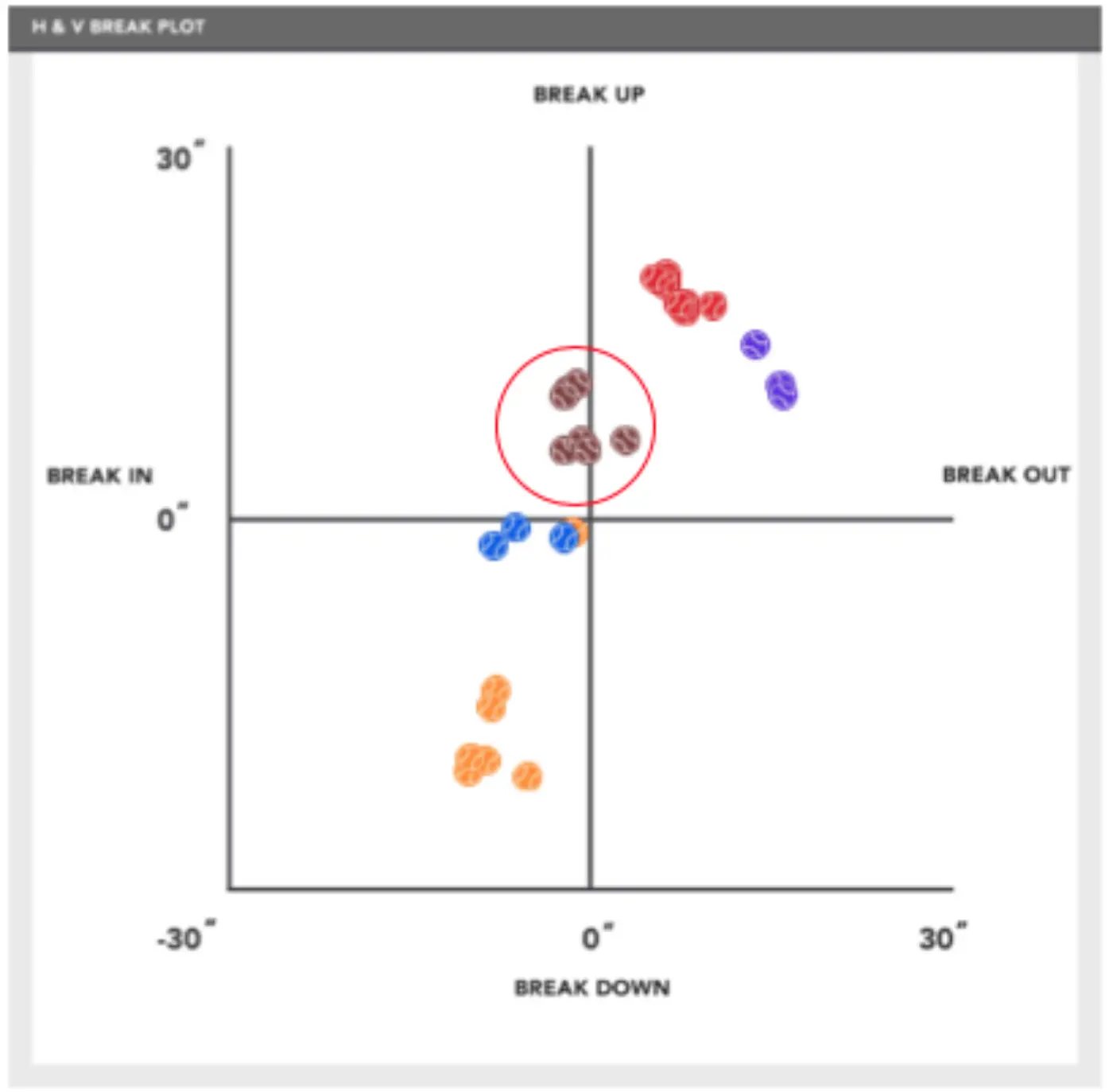
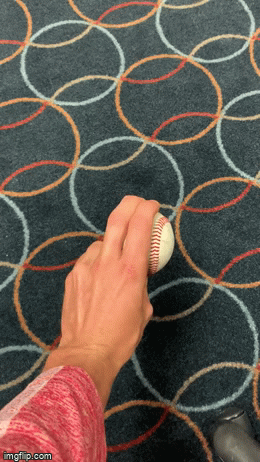
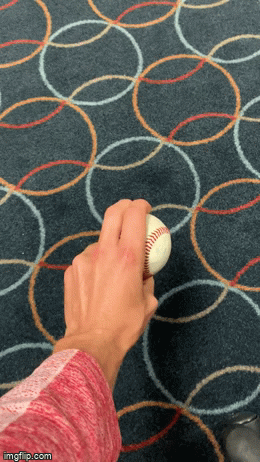
Spencer Stewart -
Great read, Mike! Any idea what the numbers on the cutter gif were?
MICHAEL O'CONNELL -
Hey Spencer, below are the metrics for the cutter that’s in the clip with live at bats.
87.3 mph
2474 rpm
55.7% spin eff
11:50 axis
-0.9 HB
11.2 VB